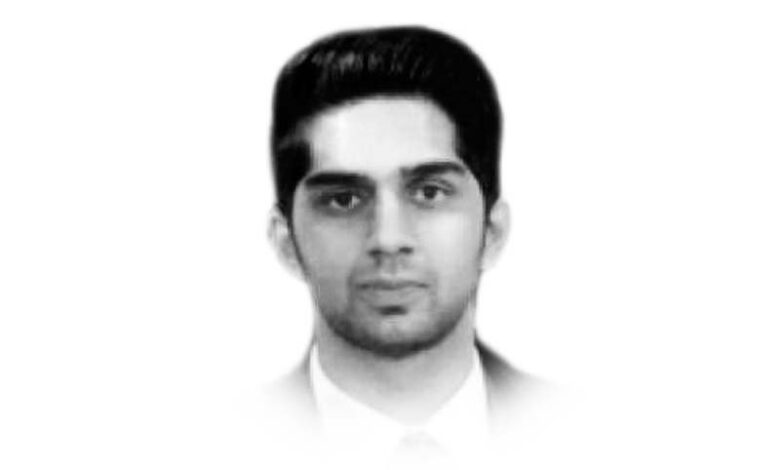Seniority isn’t the answer

An intriguing spectacle occupies my memories of the courtroom as a young and freshly-graduated lawyer. There’s a packed courtroom. Chairs are occupied, and seating is limited.
Enter a senior member of bar. Pacing towards the rostrum, he casts his gaze across the courtroom, eyeing for an empty spot to sit.
Only seconds have passed. A few young lawyers rise, and almost immediately, gesture to offer their seats to this senior — as a mark of respect. The senior, then, occupies and claims his rightful place from one of them.
Frequenting Pakistani courtrooms would reveal this to be a very common occurrence. Thoughts? Perhaps an arcane, harmless practice that’s idiosyncratic to Pakistan’s legal profession. Yet, it’s also telling of the highly pervasive and rampant influence that seniority casts over every aspect of the legal profession.
Whether it’s offering seats to senior lawyers, getting the right to argue first in court, being appointed as Chief Justice, or allotting courtrooms to judges, seniority has always been determinative.
Last week, a parliamentary panel proposed seniority-based appointments to the Supreme Court. This proposition arises in the midst of a spiraling debate between the judiciary and legal fraternity. Bar associations argue recent nominations of high court judges to the apex court have departed with principles of seniority which, they claim, should govern the elevation process.
Broadly, their position stems from a fundamental mistrust in the appointment process of Supreme Court judges. Proponents of seniority argue judicial appointments no longer appear to be about convention but appear to be about power. Non-adherence to seniority, they contend, is symptomatic of nepotism, and risks court-packing with favoured or like-minded judges.
Granted, the appointment process is murky. But seniority is no solution. Some point to the objective nature of seniority — at least comparatively. I disagree.
Firstly, seniority isn’t as objective as it appears to be. For high court judges, seniority is determined in terms of the date of appointment. If two judges are appointed on the same date, then the date of birth governs. If anything, then, seniority is equally or even more arbitrary. For instance, it’s led to administrative inefficiency with absurdly irregular tenures of chief justices — from less than three weeks to more than three years. And that’s the least of damage.
Those familiar with the judicial process know seniority-based appointments are equally susceptible to risks of court-packing and rigging. How? It enables an algorithm to determine who gets to occupy the 17 coveted slots in the Supreme Court. There’s a rough idea of who and who doesn’t get to sit on the apex court — right from the moment they’re appointed to the pool of high court judges.
To add, it raises the stakes, since the entire emphasis is now left to appointments at the high court level. Once on the conveyor belt (and provided senior enough), elevation to the apex court is guaranteed, and cannot be dispensed with. So there is hardly a margin for error. But the Supreme Court is not some final flag-post of seniority, nor is it an extension in service from the high court. Our constitution does not envisage such a scheme.
Even otherwise, there’s a dramatic difference between the functioning of a high court, and the apex court. And that’s why our Supreme Court deserves an appointment process based on transparency, merit and competence. And no, this doesn’t necessitate a bright-line list of objectively defined criteria — not everything can be defined. But it doesn’t necessitate something as lazy as seniority, either.
Without a doubt, bar associations carry noble objectives in seeking transparency and legitimacy to the appointment process. But their propositions are disagreeable. If anything, the seniority convention needs to be tucked away in elevations — and that too, for good. But, for that to happen, there has to be an alternate, transparent method of appointment.